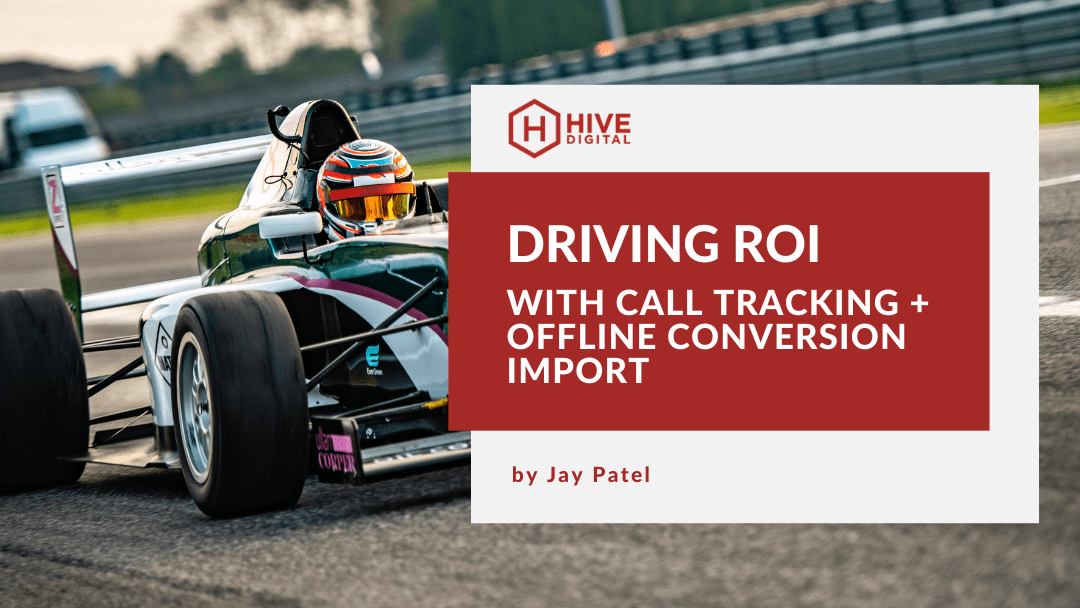Two years ago a client who had been advertising on Google for many years came to us with a major problem: Google ads was the foundation of their leads-based business but they had declining sales and didn’t know what to do. Some factors that stood out:
- Their business was “needle-in-a-haystack”, meaning only a fraction of the leads/forms they received resulted in a sale
- All sales happened offline, oftentimes months after the first outreach
The upshot: they had conversion tracking but literally no idea what was and wasn’t working across all their campaigns and keywords, or how to find the right customers.
We set about fixing it with a foundational approach of using offline conversions as the basis for their entire strategy moving forward, and 2 years later the account is performing better than ever, we are on pace for a 30-40% increase in Y/Y revenue with <20% increase in ad spend. This is how we did it:
Step 1. Get the Right Tracking Tools in Place
To get moving, we needed to have the following in place:
- A dynamic call tracking system to tie every lead & phone call from the website back to the ad click (even desktop users who use a separate device to call)
- A customer relationship management system (CRM) that allows for all calls and leads to be tagged with different statuses by the sales team
- A way to import those statuses back into Google so that we can use the data to optimize the account
Fortunately, we had a great solution that covered all of the above, which was CallRail, a solution we use with many of our clients. Once set up and linked to Google Ads, all leads and phone calls that came through Ads would show up in CallRail with the associated unique click id (gclid) that ties it back to the specific ad click.
Step 2. Get the Right Processes in Place
Working with the sales team, we settled on a series of statuses that the team would tag each lead/call with based on their interaction, which essentially came down to “bad” vs “qualified.”
We then created a Qualified conversion action in Google, along with custom columns for Qualified Lead and Cost/Qualified Lead so that we could easily view it in campaign performance.
We set up a weekly task to go into Callrail, download all the qualified leads, and then upload their gclid and timestamp to Google via excel spreadsheet, which would then auto populate the campaign reporting.
Step 3. Use the Data to Improve Qualified Leads and CPA
Now the fun starts. After a few months of importing the data from CallRail back into Google Ads, we were able collect enough data to use optimize the account in a number of ways, including:
- Setting the smartbidding at a Target CPA to focus on qualified leads as the main conversion action
- Eliminating keywords / search terms and restricting location/day/time-of-day based on Qualified Lead and Cost/Qualified Lead
This has become an interactive process that is always ongoing: the highest-traffic keywords can be optimized quickly, but a lot of the long-tail keywords take months or even years to build up enough data to confidently conclude that they are not likely to convert.
Step 4. Shift to Next Gear by Tracking Sales
After a year of focusing on good leads, we had enough volume of qualified leads come in that we could also start tracking sales in a meaningful way. Same process as Steps 2 and 3.
The main difference here is that because the total number of sales/month (10-20) is far too low and with too many offline variables affecting whether a qualified lead becomes a sale, we decided on the following:
- Qualified Lead data would continue to be used by the smartbidding system
- Sales data would be used to manually optimize campaign budgets
Step 5. Results!
In the first 8 months of 2022 we have already almost matched sales for all of 2021 with only a marginal increase in budgets, so this year is already a big success. We have been taking these learnings to implement with several other clients this year, talk to us about how we can help you too.

